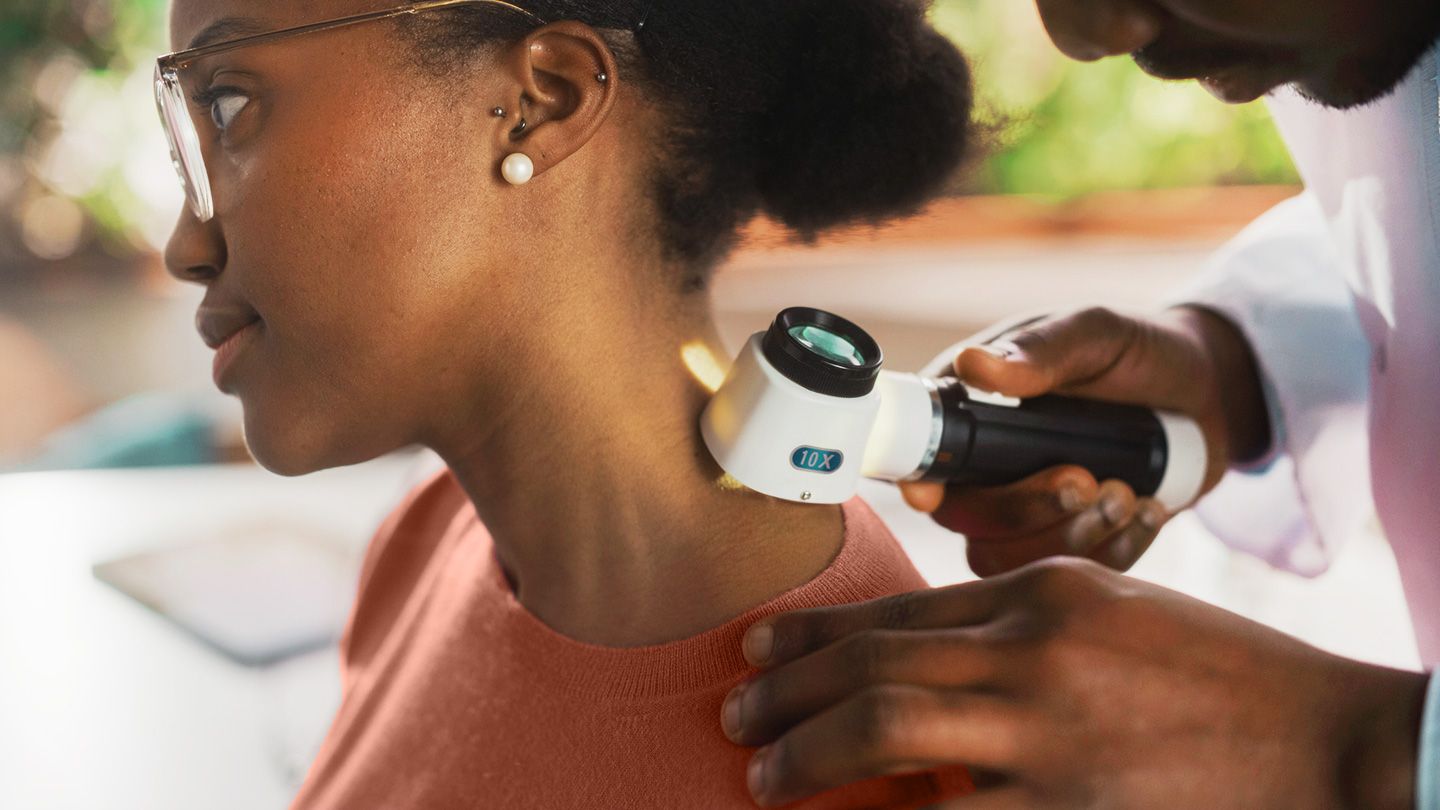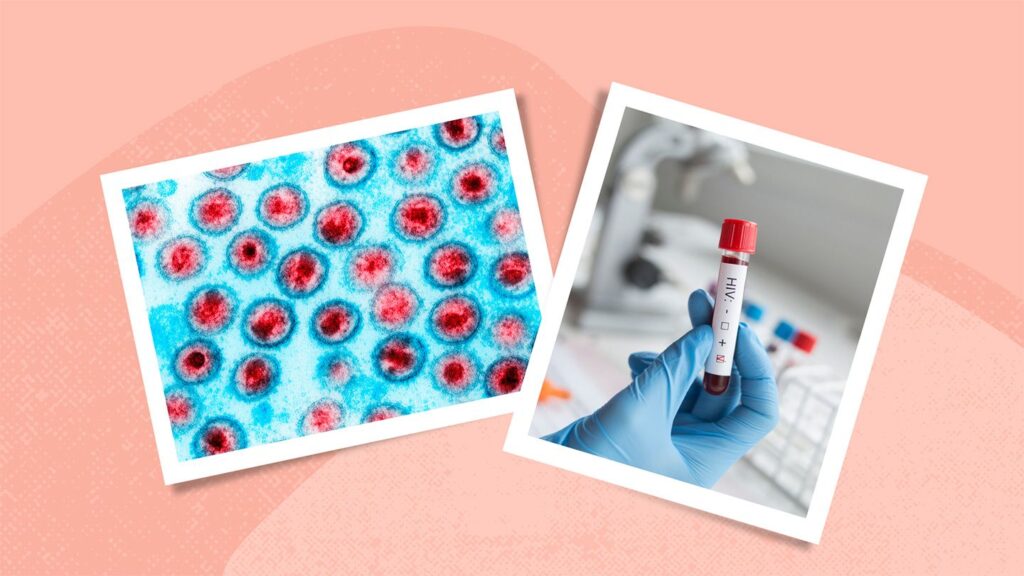Squamous Cell Carcinoma in Black Skin
Haynes adds that SCC typically appears in areas that are not chronically exposed to the sun, such as the anogenital area (anus and genitals) and limbs, in people with darker skin tones.
Melanoma in Black Skin

According to the National Cancer Institute, melanoma begins in the melanocytes (cells that make the pigment melanin) and can cause changes in the shape, size, color, or feel of an existing mole. It can also appear as a new mole or discolored spot with an irregular shape or color.
“Melanomas present in dark skin as rapidly expanding brown or black spots anywhere on the body, but especially around the palms, soles, and nails,” says Dr. Makhzoumi. She notes that these symptoms can indicate acral melanoma, which is a rare but deadly type of melanoma.
There are also a few notable warning signs of melanoma and other skin cancers that people of color should be aware of, says Makhzoumi. These include bleeding, rapidly growing, and nonhealing ulcers.



